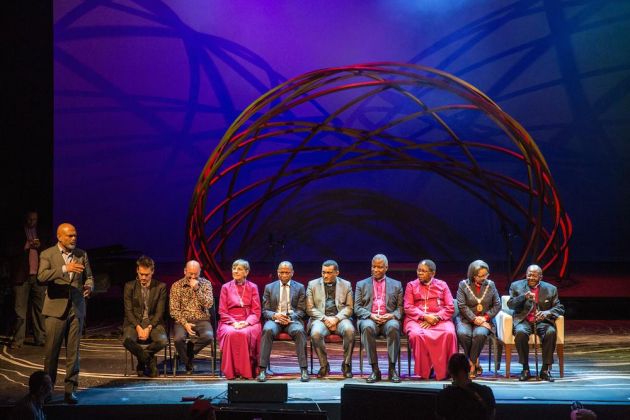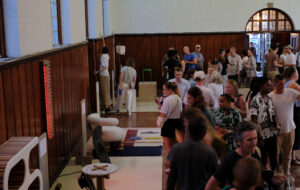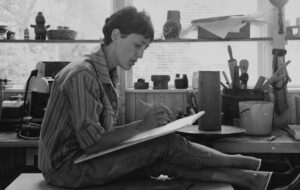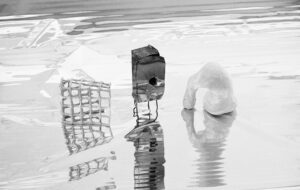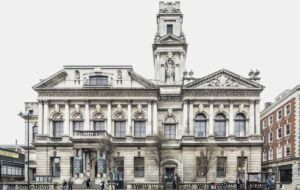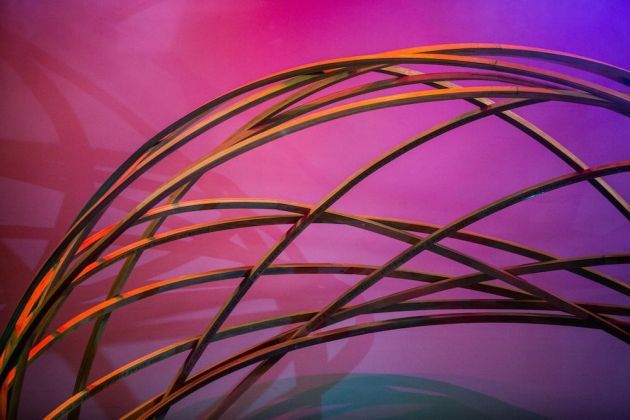
On the silver jubilee of the Conference, we look back at the Design Indaba projects that have transcended the Conference stage
For 25 years Design Indaba has been hosting a international festival of creativity in the city of Cape Town, South Africa. The organisation takes a strong activist stance when it comes to design, advocating that design has the power to make the world a better place. In line with this belief, Design Indaba has been involved in several projects that go far beyond the Conference stage, including low-cost housing solutions for the country’s poorer citizens and an arching wooden dome that celebrates the life of Desmond Tutu. Here’s a look at Design Indaba’s ‘Do Tank’ projects:
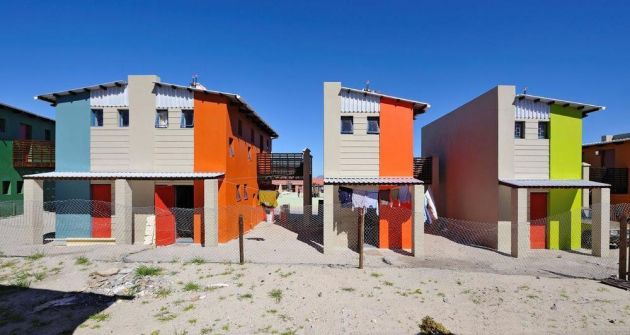
10×10 Housing, 2009
The Design Indaba 10×10 Low-Cost housing Project challenged 10 South African architectural teams to provide innovative solutions for low-cost housing in the country. Each team was supported by and international alumni from the Design Indaba Conference talks.
The winner of the call out was Luyanda Mpahlwa of architecture studio MMA Architects, who developed a sand-bag solution to the Design Indaba’s challenge. Mpahlwa’s design drew inspiration from the local mud-and-wattle building techniques.
10 of these single-family houses were built in the Freedom Park township in Cape Town in 2009.
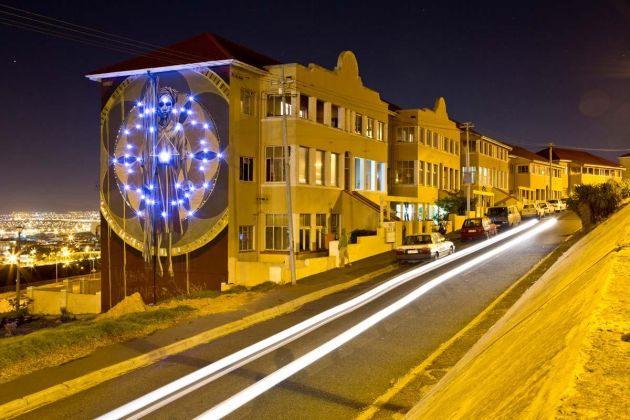 Another Light Up by Faith47, Design Indaba and Thingking. Photo by Rowan Pybus
Another Light Up by Faith47, Design Indaba and Thingking. Photo by Rowan Pybus
Another Light Up, 2014
For the Another Light Up project Design Indaba partnered with Faith47 and Thingking to create a large-scale piece of public art to help fund street lights in the Cape Town township Khayelitsha. Khayelitsha is one of Cape Town’s more dangerous areas
A huge mural was created by Faith47 and Thingking with an interactive pattern of lights that lit up at night every time enough money was raised for a new light to be installed in Monwabisi Park, Khayelitsha. The artwork itself is named “Harvest”.
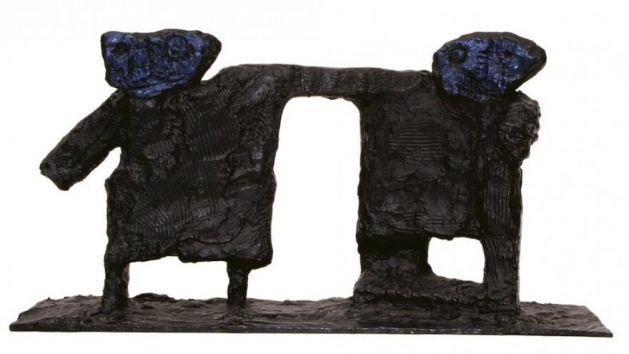
Paul du Toit sculpture, 2015
Sculptor Paul du Toit’s piece Into Tomorrow was placed by Design Indaba in the city centre on the corners of Shortmarket Street and Bree Street. The bronze sculpture depicts two figures, arms around each other’s shoulders. It stands on a large concrete plinth with a long mosaic Rock Girl bench around one side.
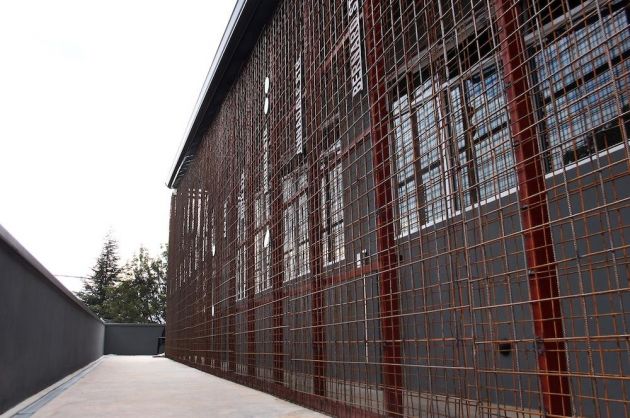
Jazz Wall Sophiatown, 2016
During his 2016 Design Indaba Conference Talk, Johannesburg-based architect Thomas Chapman revealed the Sophiatown Jazz Wall, completed and funded in collaboration with Design Indaba and Nedbank.
The jazz wall is remembrance screen in honour of the displaced residents of Sophiatown, a historical area in Johannesburg that was – in its heyday – a thriving multicultural suburb filled with musicians and artists. The Apartheid government forced a removal programme, emptying the area and destroying many of the homes before reclassifying the suburb as a white area.
The screen acts as a sunscreen for a community building designed by Local Studio, but also creates a map of the Old Sophiatown where residents can record the location of their former homes.
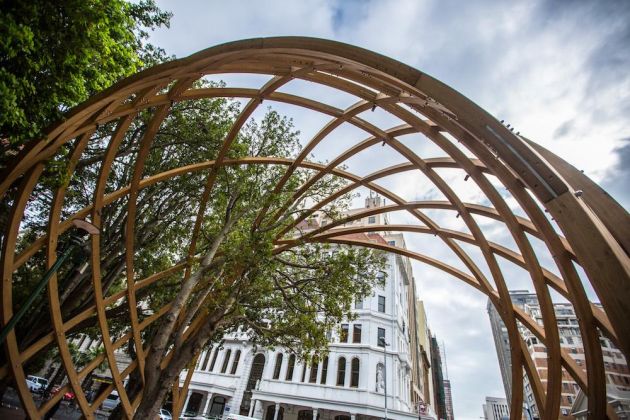
The Arch for Arch, 2017
The Arch for Arch is a rounded structure that is situated at the entrance to Cape Town’s Company Gardens near the St George’s Cathedral. It commemorates the life and work of South Africa’s Archbishop Desmond Tutu. It was designed by international architecture studio Snøhetta and South African architect Thomas Chapman. The wooden arches for the structure were bent by Croatian boat builder Dario Farcic in Johannesburg.
Commissioned by Design Indaba, with the support of 2017 sponsor Liberty, the Arch for Arch (which was inspired by Archbishop Tutu’s nickname ‘The Arch’) celebrates the free South Africa that Tutu and his contemporaries fought so hard to build. Its location near the South African Parliament buildings and the Slave Lodge are pertinent to the message the structure hopes to convey.
The structure is comprised of 14 wooden arches, each one bearing a quote from the preamble of the South African constitution.
